Image Archive





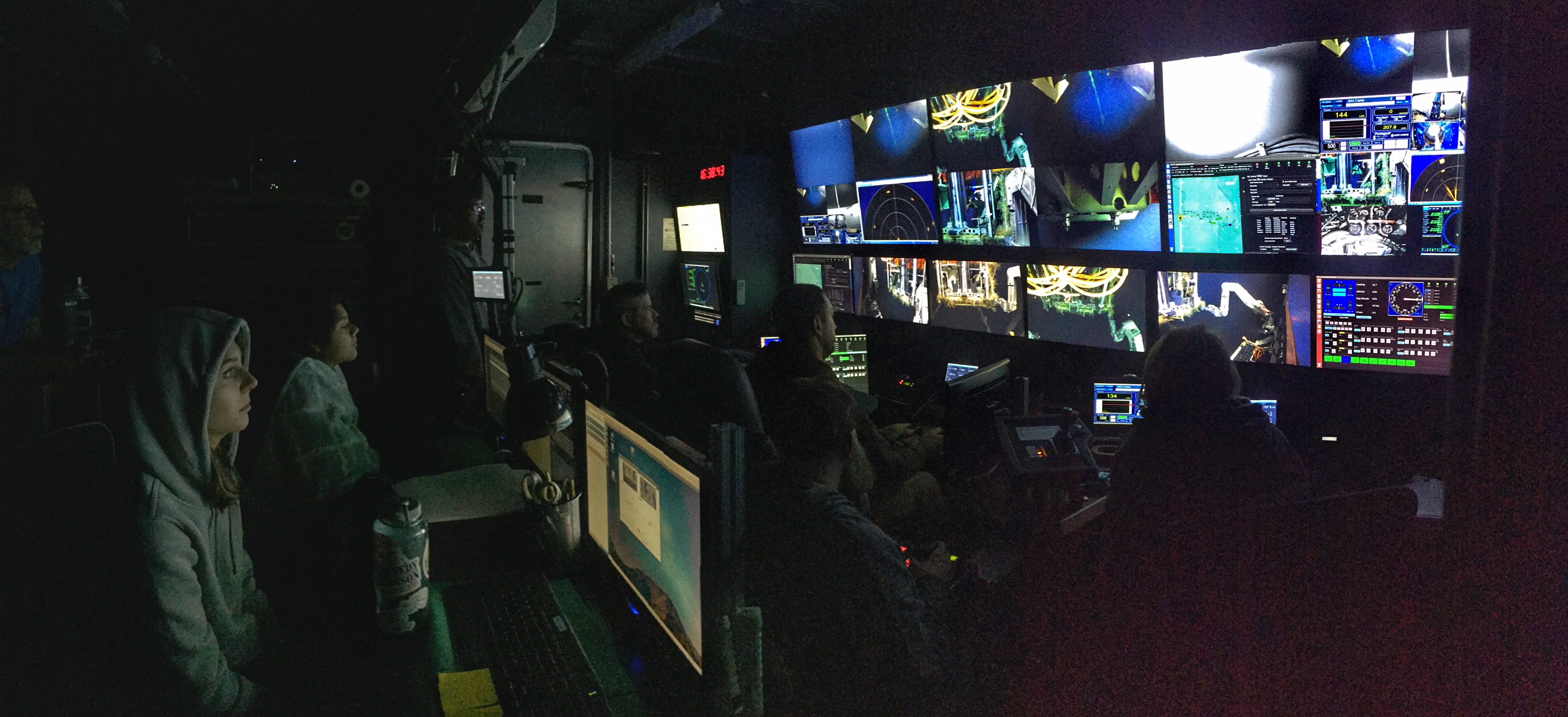



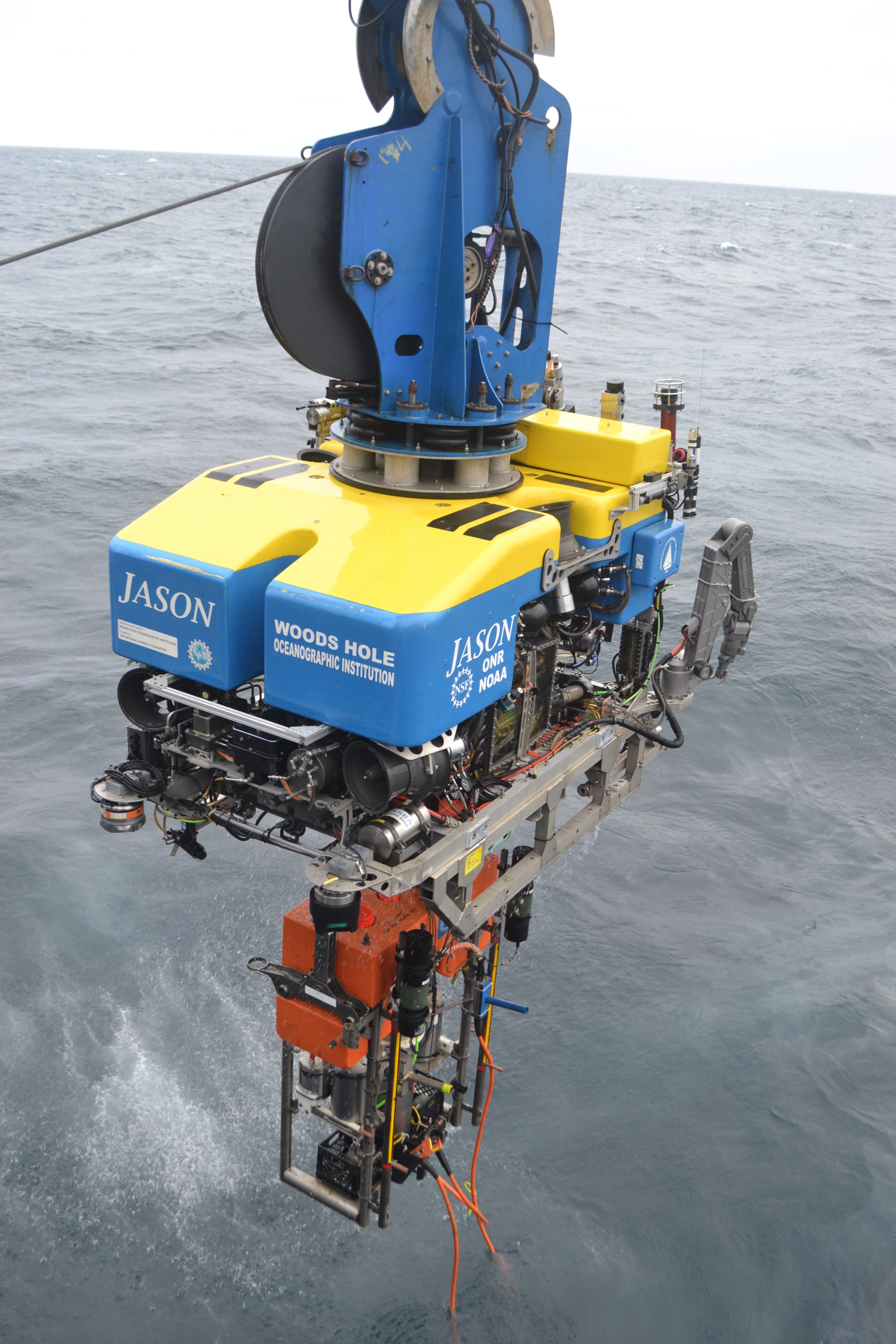




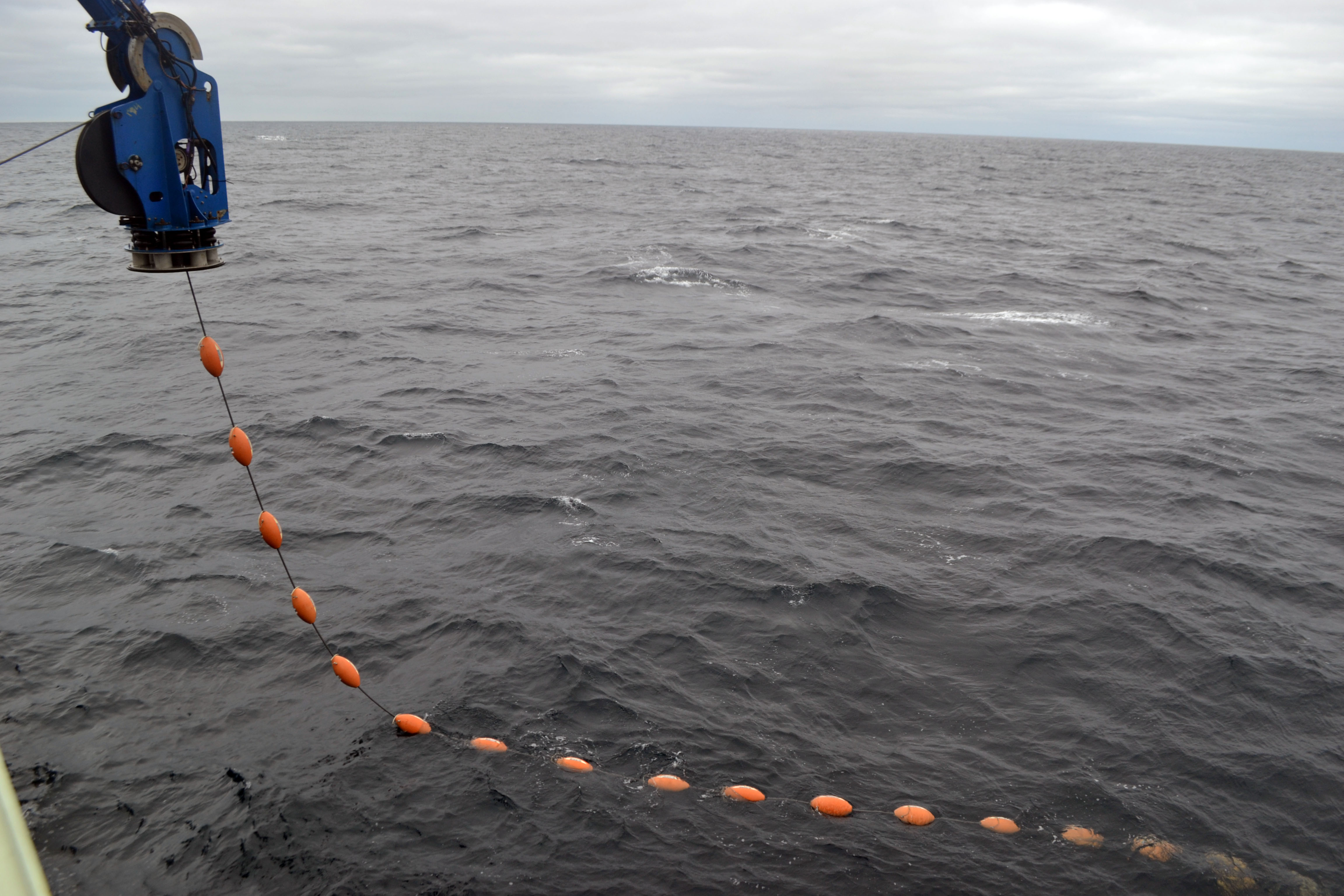

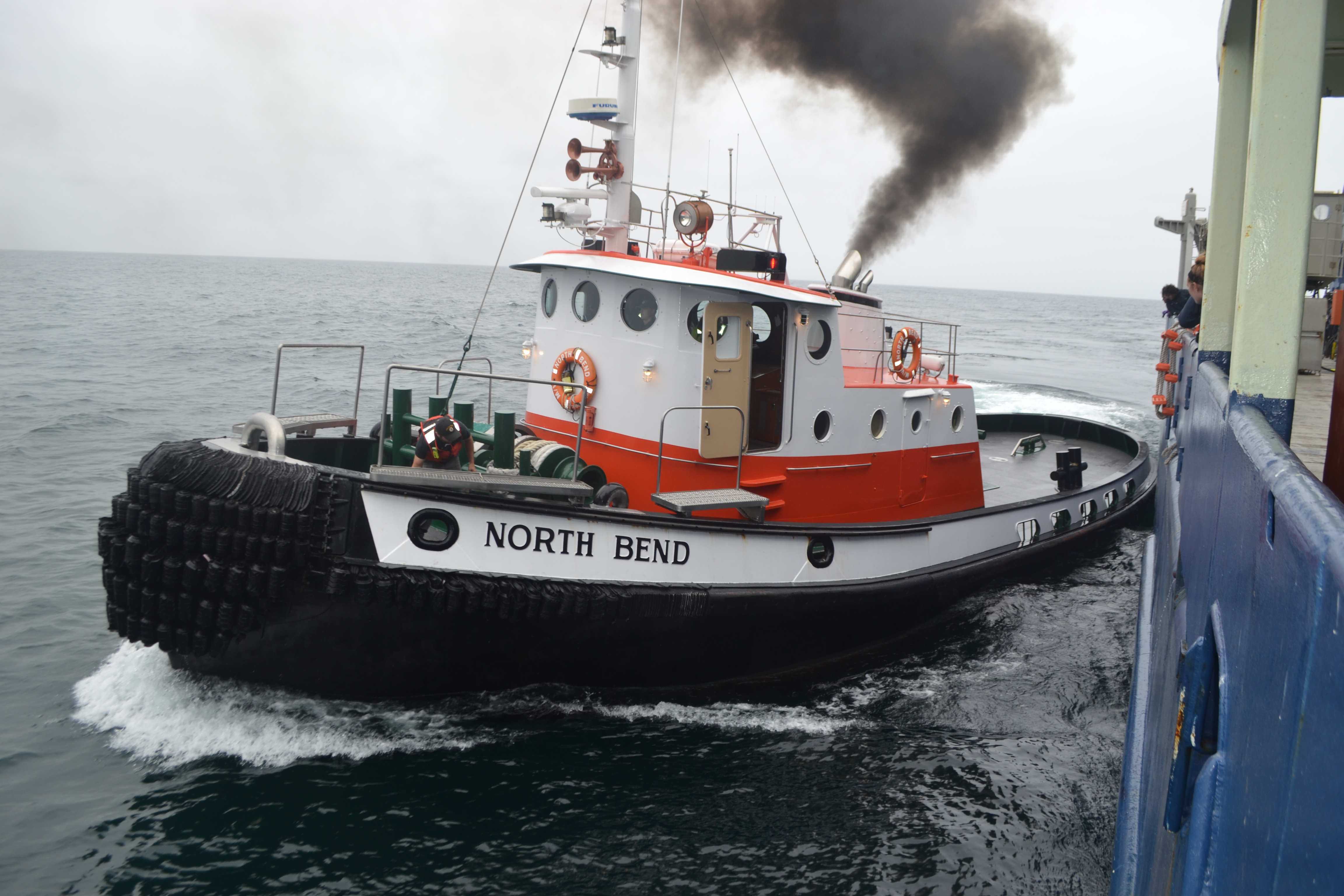



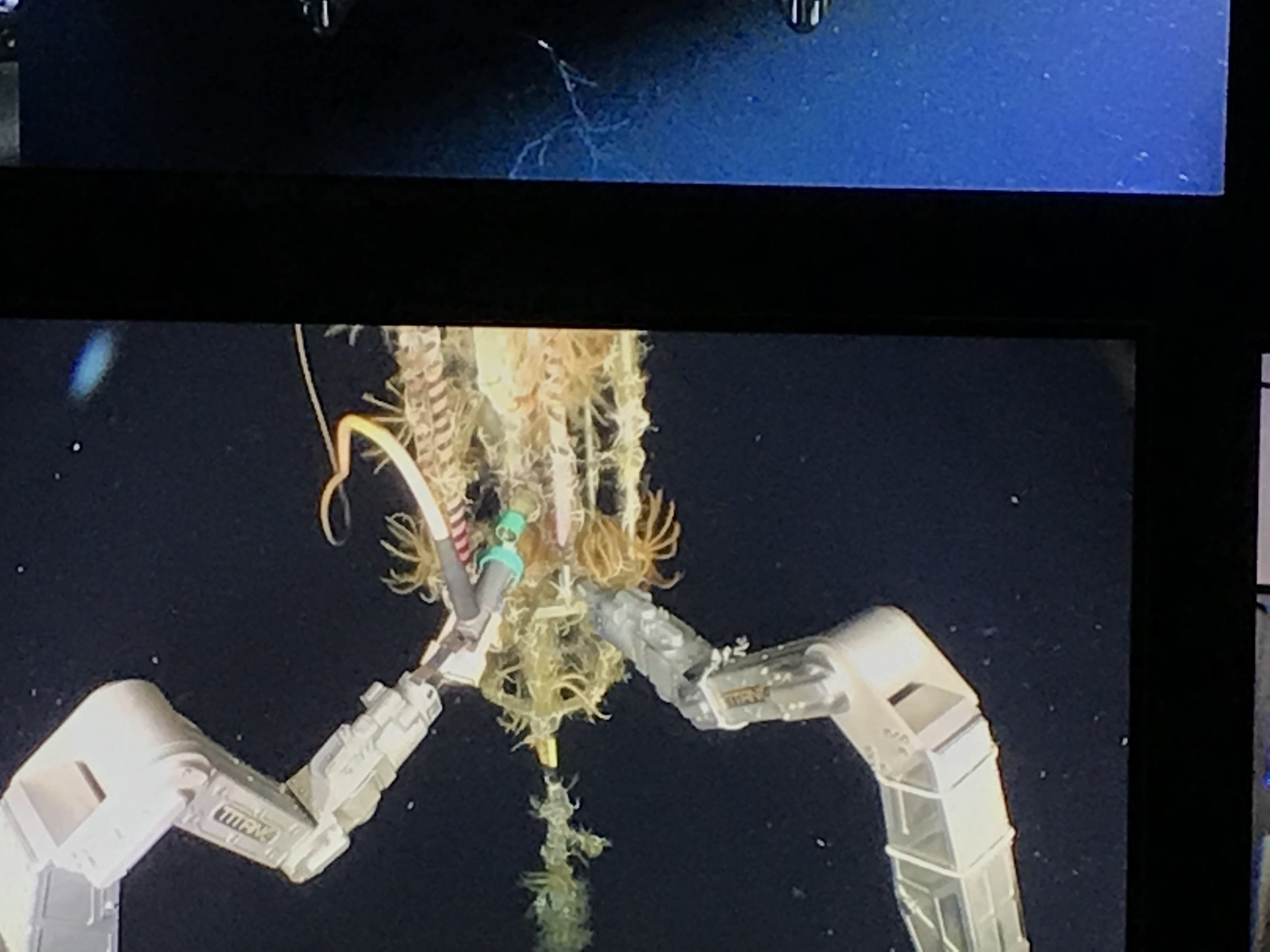








Jason carries the extension cable that provides power and bandwidth to the Shallow Profiler Mooring. Credit: UW/NSF-OOI/WHOI;V19

Jason plugs in a wet-mate connector to the power-communication leg of the mooring. Credit: UW/NSF-OOI/WHOI;V19.

A connector at the base of the mooring awaits its mate on the other end of the extension cable. Credit: UW/NSF-OOI/WHOI; V19.

Jason begins to unfurl the new extension cable that will be installed at the base of the mooring. Credit: UW/NSF-OOI/WHOI;V19.

Jason holds the new wet-mate connector in its manipulator, about to plug into the EOM Leg of the mooring. Credit: UW/NSF-OOI/WHOI/V19

VISIONS students stand watches in the Jason control van. Credit: K. Rosburg

Ramya_Close

A Shallow Profiler ready for deployment during Leg 2. Credit: M. Elend, University of Washington.

The ROV Jason is poised above the NE Pacific, ready for a dive on the Cabled Array expedition. Credit: M. Elend, University of Washington.

Jason is latched into the Platform Interface Assembly for installation on the Slope Base Mooring. Credit: Katie Hill, University of Washington, V19.

R/V Atlantis in port at the start of Leg 2. Credit: Chelsea Meier, Queens College, V19.

CHelse and Lauren_Close

Lauren_Close_up

Lauren Schmahl, Queens College student, samples ocean water from the CTD. Credit: M. Elend, University of Washington.

FLoats_J1147_20190614_075900_recovery

Pilot Boat_V19

Pilot Boat V19_2

J1147_20190614_060607_launch

VISIONS 19 student Ramya Ravichandran Asha cleans off a recovered profiler pod coated in biofouling after a 1-year deployment. Image Credit: M. Vardaro, University of Washington, V19

Jason being recovered with a 2018 profiler interface controller (PIC) latched underneath. You can see some biofouling on the platform. Image Credit: M. Elend, University of Washington, V19

Brittle stars and other organisms encrusting the cage around the profiler power and data cable connection. Image Credit: M. Vardaro, University of Washington, V19

Launching Jason with the 2019 Slope Base shallow profiler pod docked underneath. Credit: M. Elend, University of Washington.

Stephen smiles as he just finished his computer science final and can enjoy departing on VISIONS'19. Credit: M. Vardaro, University of Washington.

Students_CTDStationLeg2.V19

Stephen and Ramya are mentored in CTD sampling. Credit: M. Elend, University of Washington.

Ramya_James_V19

OrestCTDV19_2

Orest_CTDV19
- Anemone
- Animal
- Arthropod
- ASHES
- Axial
- Axial Base
- Axial Biology
- Axial Caldera
- Bacteria
- Basalt Lava
- BEP
- Biofouling
- biolgoy
- Biology
- Camds
- Camera
- Camhd
- Central Caldera
- Ciliates
- Cnidaria
- Coastal Biology
- Crab
- Deep Profiler Mooring
- Dive Highlights
- Eastern Caldera
- Echinoderms
- Endurance Array
- Engineering Team
- ENLIGHTEN 10
- Exploratorium
- Fish
- Geology
- HD Camera
- HPIES
- Hydrate Ridge
- Hydrates
- Hydrophone
- Hydrothermal Vents
- Illustration
- Inshore 80 Meters
- Instrument
- International District
- J-BOX
- Jason
- Jellyfish
- Junction Box
- K12
- Lava
- Mollusk
- Moorings
- Nodes
- Nudibranch
- Octopus
- OOI
- Oregon Offshore
- Oregon Offshore 600 m
- Oregon Shelf
- Oregon Slope Base
- People
- PN1B
- PN1D
- Polychaetes
- PPSDN
- Primary Node
- RASFL
- ROCLS
- ROPOS
- ROPOS Dives
- ROV Team
- RV Revelle
- RV Sikuliaq
- RV Thompson
- Salp
- Sample
- SC13
- Science Team
- Sea Cucumber
- Sea Star
- Sea Urchin
- Seafloor
- Seismometer
- Sensors
- Shallow Profiler Mooring
- Shark
- Shipboard
- Shore Station
- Slope Base
- Smoker
- Soft Coral
- Southern Hydrate Ridge
- Sponge
- Squid
- Students
- Students & Guest Participants
- Tmpsf
- Tubeworms
- VISIONS 11 Leg 1
- VISIONS 11 Leg 2
- VISIONS 11 Viewers
- VISIONS 13
- VISIONS 14
- VISIONS 15
- VISIONS 16
- VISIONS 17
- VISIONS 18
- VISIONS 20
- VISIONS 22
- VISIONS 23
- Visualization
